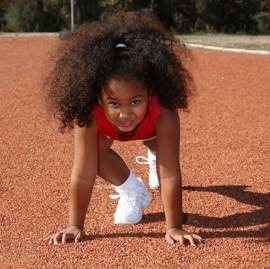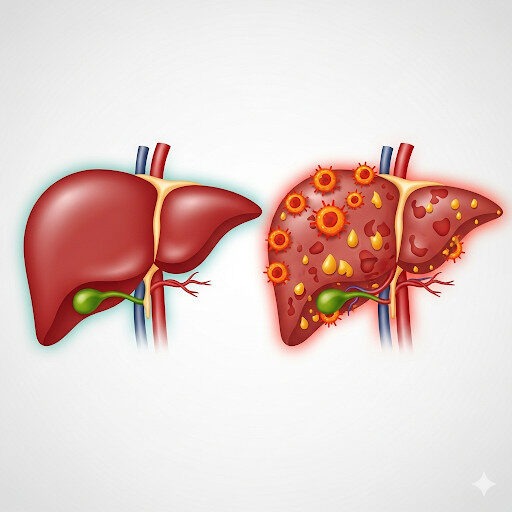Myths about Obesity, Part 2
When it comes to weight loss, not everything you hear is true. This is a continuation of our discussion of myths about obesity.

Myth #4: It is important to assess an individual’s readiness in order to help them with weight loss.
Fact: How “ready” an individual is does not predict the amount of weight lost in a weight loss program. Participation in the program will produce results whether or not the health care provider feels the individual is mentally “ready” or not.
In other words, participation in the weight loss program will produce the same weight loss result whether or not the individual feels they are “ready” or not, as long as the participation is genuine.
Myth #5: Physical education classes in schools play an important role in preventing or reducing childhood obesity.
Fact: Physical education (PE) as typically provided in schools has not been shown to reduce or prevent obesity. While there is likely a level of physical activity that would be effective in reducing or preventing obesity, current efforts at providing PE in schools have not been proven effective. This is not to say that PE in schools doesn’t have countless other benefits. However, we don’t know how much activity it would take for PE to be effective for treating or preventing obesity – this has not been scientifically established.
My take: just because it hasn’t been proven as an effective treatment or prevention strategy regarding obesity, this does not mean that PE should not remain an important part of the curriculum taught in schools. Physical activity has lots of health benefits that simply can’t be measured on a weight scale.
Interestingly, even in grown-ups, physical activity is not a particularly effective weight loss strategy for an individual with a weight problem. Perhaps it’s time to start encouraging physical activity so we can live long, happy and healthy lives while having fun! But we really need to look beyond just increasing activity if we want to make a significant impact on an individual’s weight, whether they are young or older.
Myth #6: Breast-feeding is protective against obesity.
Fact: While there are very significant health benefits to both moms and babies from breast-feeding, protection against childhood and adult obesity is not one of them. Although I have read study after study suggesting that breast-feeding in fact does protect against obesity, the authors of this NEJM article state that when reviewing all the literature and studies on this subject, most studies are flawed and cannot establish this claim to be true. Nonetheless, because of all of the benefits of breast-feeding to both moms and newborns, it should absolutely still be encouraged.
Myth #7: A bout of sexual activity burns 100 to 300 calories for each participant.
Fact: Unfortunately, the amount of calories burned during sexual activity is only a fraction of what the common perception is. Current evidence suggests that sexual activity burns calories at a similar pace as brisk walking, but because the average length of time of a bout of sexual activity is 6 minutes, a man might expend about 21 calories, 14 more calories than sitting and watching television. I certainly wouldn’t discourage sexual activity based on this finding, but I also wouldn’t count on it to burn those calories.
That’s it for today’s weight loss myths. Next time, we’ll discuss obesity presumptions – things we think are true, but really don’t know for sure.
Written by Dr. Ethan Lazarus




